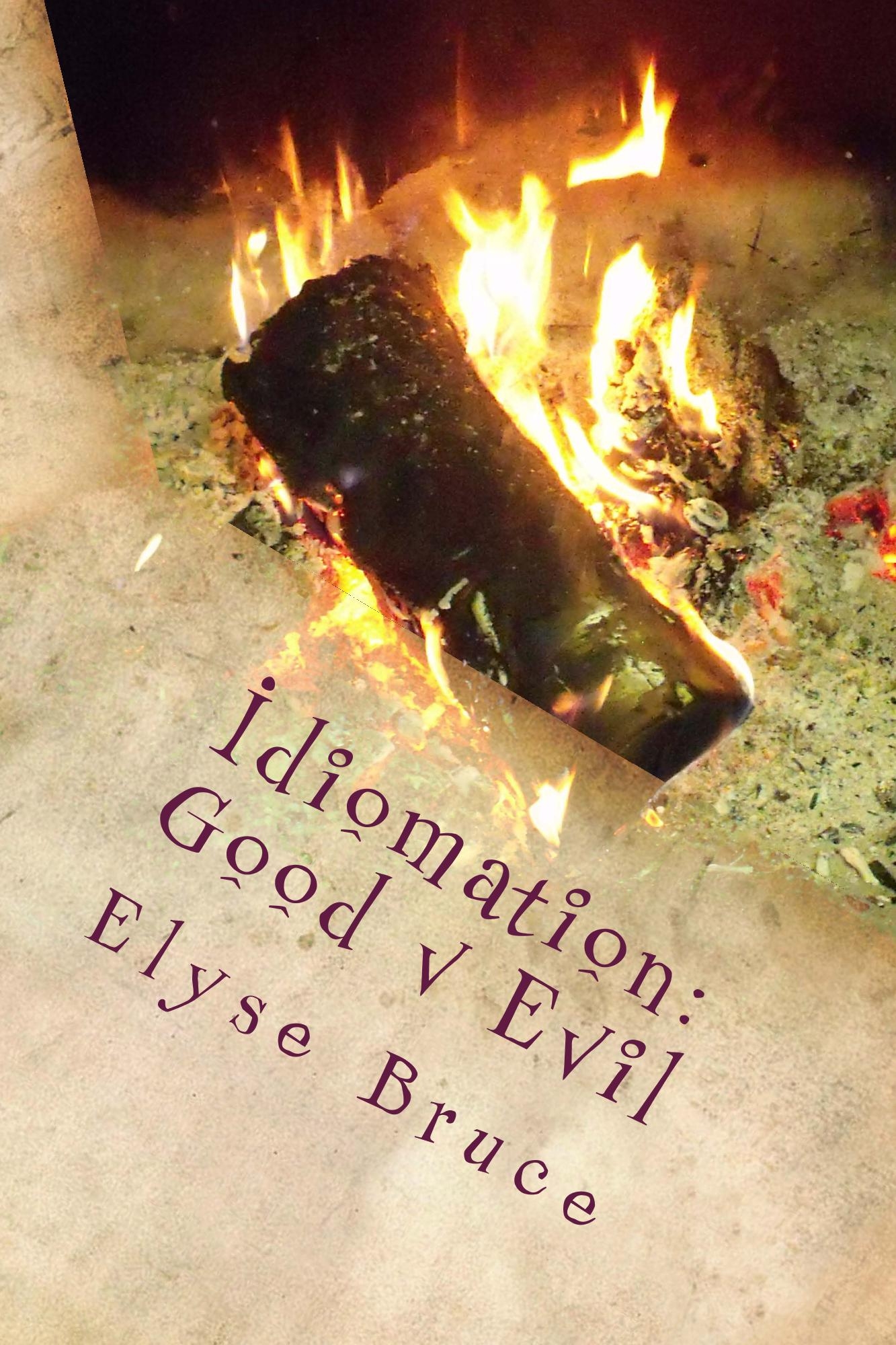You might think that the expression Queen for a day is self-explanatory and in many respects it is. However, there’s a modern-day history to that expression.
In the American legal system Queen for a day refers to a meeting that is set up when a Defendant believes he or she has information that can be leveraged in exchange for a favorable plea deal. Before a Queen for a day deal can go through, three main points have to be met in the debriefing agreement. But things can go awry since there are so many components to creating a successful Queen for a day deal.
The Lakeland Ledger edition of July 2, 2001 published a story compiled from Ledger wire services that trumpeted Betsy King’s win on the LPGA tour that year. Betsy King won the ShopRite Classic for the third time when she closed with a 4-under-par 67. The story was aptly entitled:
King is Queen For A Day
All in good fun, the July 5, 1983 edition of The Robesonian published in Lumberton, NC detailed all sorts of festivities that took place across North Carolina for the 4th of July Independence Day celebration. From traditional parades to sporting events, mudslinging to skydiving, the story covered the gamut including this interesting one in Greensboro:
Greensboro celebrate its 175th birthday Monday as the nation celebrated its 207th. In Marion, Bruce Edwards became queen for a day when he wowed the crowd at the town’s first male beauty contest in his red minidress with blue pantyhose “and a girdle.”
On August 14, 1974 journalist Bob Thomas of the Associated Press wrote an article that was carried in the Edmonton Journal newspaper among others. The subject of his story was a man by the name of Jack Bailey … a man with an interesting past where addiction and success had crossed paths. For those who were unfamiliar with the name, the article included this:
Bailey’s trimmed moustache and semi-bald pate were familiar to millions of housewives during this 20 year run in radio and television with Queen For A Day. By the time the show shut down 10 years ago, he had crowned more than 5,000 queens and bestowed $23 million worth of merchandise.
A generation before that interview, the Waycross Journal Herald had news about a new movie … a gala premiere program featuring Jack Bailey. The article, published on April 12, 1951, began with this:
The world premiere of “Queen For A Day,” the Robert Stillman-United Artists picture based on the popular Mutual network program, will be held at the Lyric Theatre tomorrow night at eight o’clock with the kleig lights, crimson carpet, Hollywood stars and all the colorful trappings of a film capital premiere.
A gala stage program will be presented by Jack Bailey, emcee of the Mutual network “Queen For A Day” program and a star of the film, prior to the initial showing of the picture.
The fact of the matter is that the show was very successful over the 20 years it ran, beginning in July 1945. But even before the creation of the radio and television show, people were being called Queen For The Day.
In fact, the Providence News of March 16, 1928 proudly announced that Miss Louise Hutchins, a student at the University of Oklahoma at Norman, OK was elected queen of the engineering college’s St. Patrick Day’s festivities. The article was entitled:
She’s Shamrock Queen For A Day
Undoubtedly, the expression goes back as far as the days when queens were first called queens. However, at the beginning of this entry, it was mentioned that a “proffer” was also known as “queen for a day” meeting.
According to an article by Todd Spodek in the January 2, 2010 edition of the Global Politician, the moniker has its roots in the vintage television show. In an essay by Benjamin A. Naftalis entitled, “Queen For A Day” Agreements and the Proper Scope of Permissible Waiver of the Federal Plea-Statement Rules published in the Columbia Journal of Law and Social Problems in 2003, he wrote:
The term “Queen For A Day” derives from the popular 1950s television “sob show” Queen For A Day. Host Jack Bailey (famed voice of Disney’s “Goofy”) would interview four women before a studio audience about their daily misfortunes. Whoever was judged to be living the hardest life — as determined by the audience’s applause meter — was crowned “Queen For A Day.”
It appears that the term began with the United States v Mezzanatto, 513 U.S. 196, 216 which appears to date back to 1990s.
And why would a proffer be colloquially known as a Queen For A Day deal? Perhaps the answer can be found in the Shawn Hanley article of December 16, 1996 for the “Mass Media History Seminar” where the following quote is found:
“Sure ‘Queen‘ was vulgar and sleazy and filled with bathos and bad taste,” wrote producer Howard Blake in an article for Fact magazine. “That was why it was so successful. It was exactly what the general public wanted….We got what we were after. Five thousand Queens got what they were after. And the TV audience cried their eyes out, morbidly delighted to find there were people worse off than they were, and so they got what they were after.”
Based on that explanation, it certainly seems to fit (in legal terms, anyway). However, the much kinder version of Queen For A Day is one that’s been around longer than Idiomation was able to trace, and so it’s being categorized as timeless.


